How to Prevent White Spot Disease in Whiteleg Shrimp
Selecting the right time and postlarvae:
- Avoid stocking shrimp during unfavorable seasons (cold weather or periods of unusual temperature fluctuations).
- Purchase postlarvae from reputable hatcheries (where there is quality control of both broodstock and postlarvae). If possible, request that the hatchery nurse the postlarvae at 32°C for 7 consecutive days before selling. This ensures the postlarvae are free from white spot disease (according to Professor Chalor Limsuwan).
- Send samples for testing before purchasing the postlarvae. Note that a negative result does not necessarily mean the shrimp are free from the disease, as PCR can only detect the virus above certain thresholds.
- If stocking multiple ponds, such as mobile nursery ponds, earthen ponds, or lined floating nurseries, farmers should divide the stocking into several batches using different sources of postlarvae. This reduces the risk of simultaneous disease outbreaks.
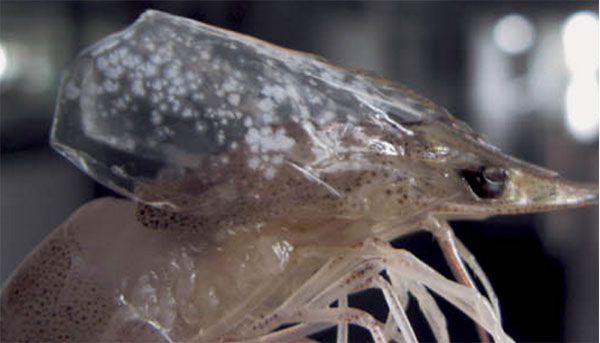
Proactively preventing disease throughout the farming process:
- Eradicate all crustaceans (crabs, wild shrimp) that may carry the white spot disease virus.
- Set up barriers to prevent crabs from entering the ponds and cover the entire pond with bird nets.
- Carefully manage the pond environment during the first 45 days. Most ponds that experience white spot disease have toxic gases present during the pond preparation stage, due to inadequate pond preparation, unstable algal development, dead bottom algae, and nutrient-poor ponds. Toxic gases (NH3, NO2, H2S) weaken the shrimp, making them more susceptible to disease. When the temperature drops below 28°C, white spot disease outbreaks occur. This is a difficult stage for shrimp as they transition from well-cared nursery tanks to grow-out ponds with many changes.
- During the farming process, limit frequent water changes in the pond. Use the initial water supplied, periodically add probiotics to the pond, and add treated water as needed.
- To avoid spreading pathogens between ponds, it is best not to use the same equipment for multiple ponds (nets, scoops, boats, etc.). If shared, the equipment must be disinfected and dried for one day. Additionally, after wading in a pond, farmers should wash thoroughly and avoid contact with feed or entering other ponds.
- When white spot disease occurs in other ponds on the farm or nearby ponds, farmers should temporarily stop the probiotic process and switch to using disinfectants to eliminate any pathogens that may have spread through water, crabs, birds, or shared equipment. Also, mix vitamin C into the feed to boost shrimp immunity and improve the environment (reduce toxic gases, stabilize alkalinity) during this period.
Ngày đăng : 24/07/2024
1659 View
Other Articles
Vietnamese shrimp and catfish choose a sustainable path in global competition
End-of-Season Shrimp Prices Reach Record Highs
Norway – Russia Reach Barents Sea Fisheries Agreement for 2026
Cà Mau strengthens traceability to enhance the competitiveness of the shrimp industry.
Cold stress: Effects on the plasma characteristics of whiteleg shrimp.
A new breakthrough in the prevention of diseases caused by the microsporidian parasite EHP in shrimp farming
Vietnam’s shrimp export outlook in the first quarter of 2026 continues to face heavy pressure from tariffs.
New England’s shrimp fishery to shut down for the long haul after years of decline
Crab exports to the United States account for more than 80%.
Thailand sets a target to increase shrimp production to 400,000 tons by 2026.
CTU-RAS: Recirculating Shrimp Farming for Sustainable Development
Vietnamese aquatic products reach new markets








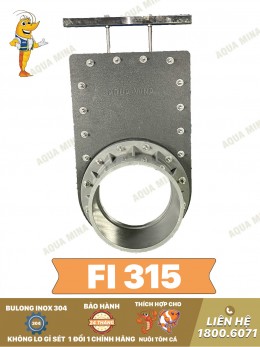
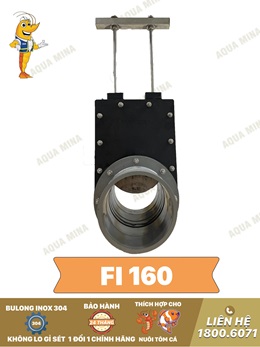

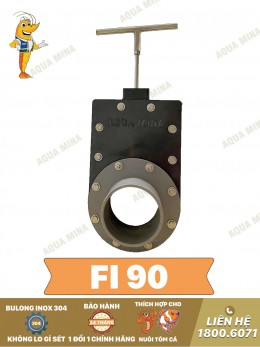
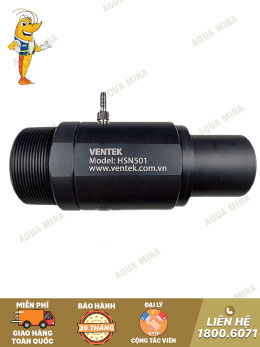
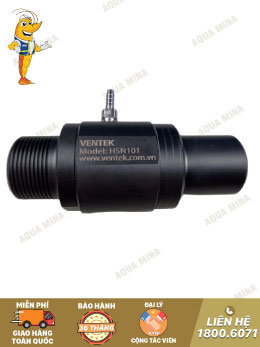
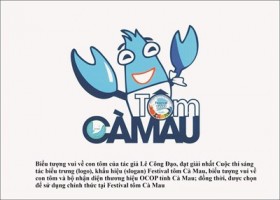
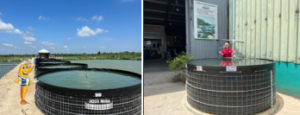
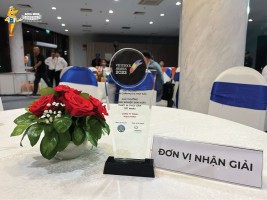
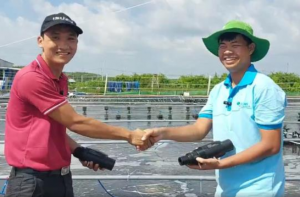
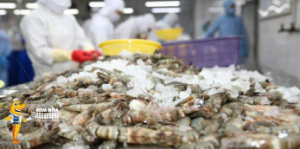
.jpg)